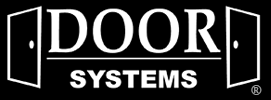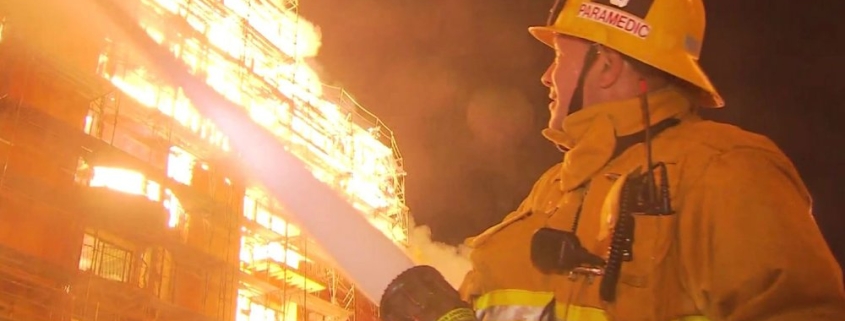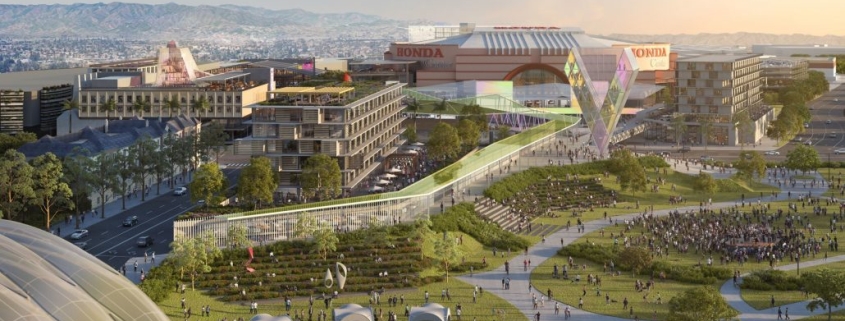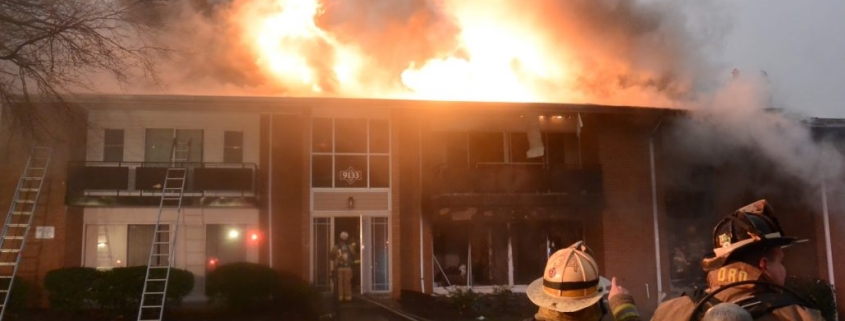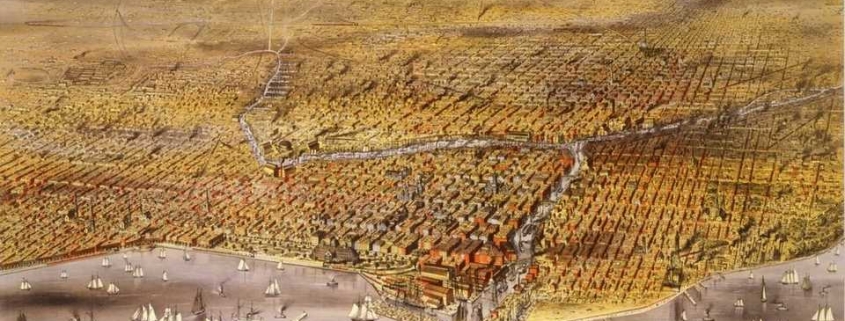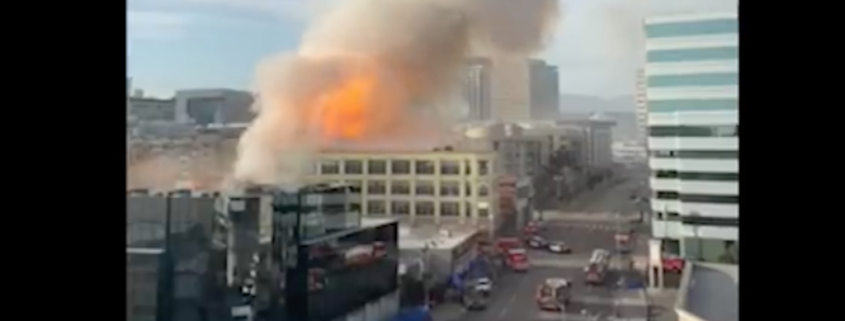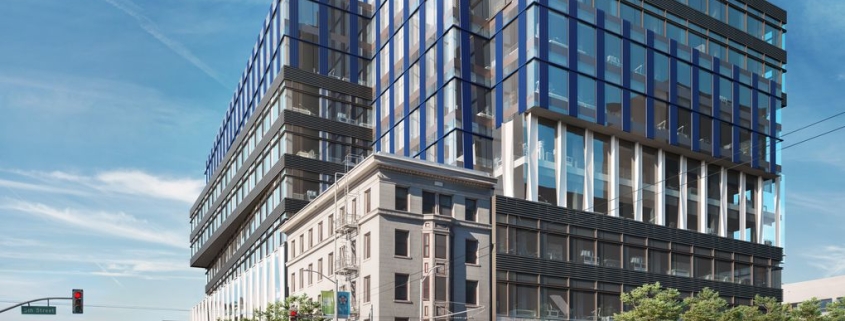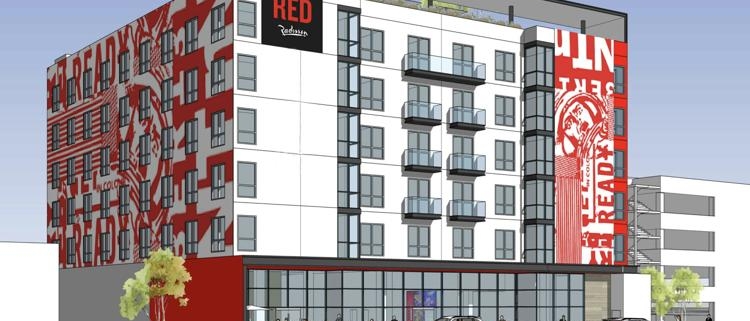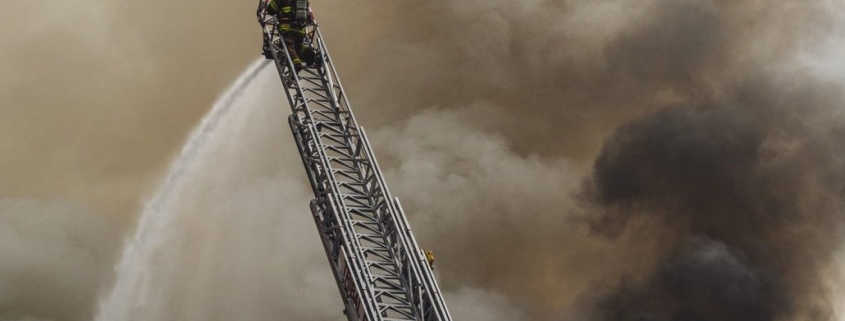Smoke management is a term used to describe the methods implemented to passively or actively control the movement of smoke within the built environment in the interest of providing safety to occupants, fire fighters and property. Smoke management methods include compartmentation, dilution, pressurization, airflow and buoyancy.
The following is a brief description of the different methods that are currently considered when designing smoke management systems. These systems can be implemented individually or in conjunction with one another.
Compartmentation – Passive compartmentation refers to the use of physical barriers to hinder the movement of smoke from the fire space into the non-fire spaces. These barriers include walls, partitions, floors, doors and smoke dampers.
Dilution – Dilution of smoke typically refers to the removal of smoke from non-fire spaces to maintain acceptable levels of gas or particulates within the non-fire spaces. As the name implies, this method relies on the provision of make-up air to dilute the smoke or combustion gases that infiltrate a non-fire space as the air from that space is exhausted.
Pressurization – Pressurization or smoke control refers to the use of mechanical ventilation systems (fans) to induce pressure differences across barriers having a relatively high resistance to airflow (i.e. small gaps) to control the movement of smoke between compartments. Stairwell and elevator shaft pressurization and zoned smoke control are typical implementations of the pressurization method.
Airflow – Smoke control by airflow is very similar to the pressurization method except that it typically refers to the flow of air through relatively large openings. This method is typically not implemented in buildings, but more commonly implemented for smoke control in transportation tunnels.
Buoyancy – Buoyancy refers to the venting of hot (buoyant) combustion gases through fan-powered and passive vents typically located in the ceiling of large, open spaces such as atria and covered shopping malls.
